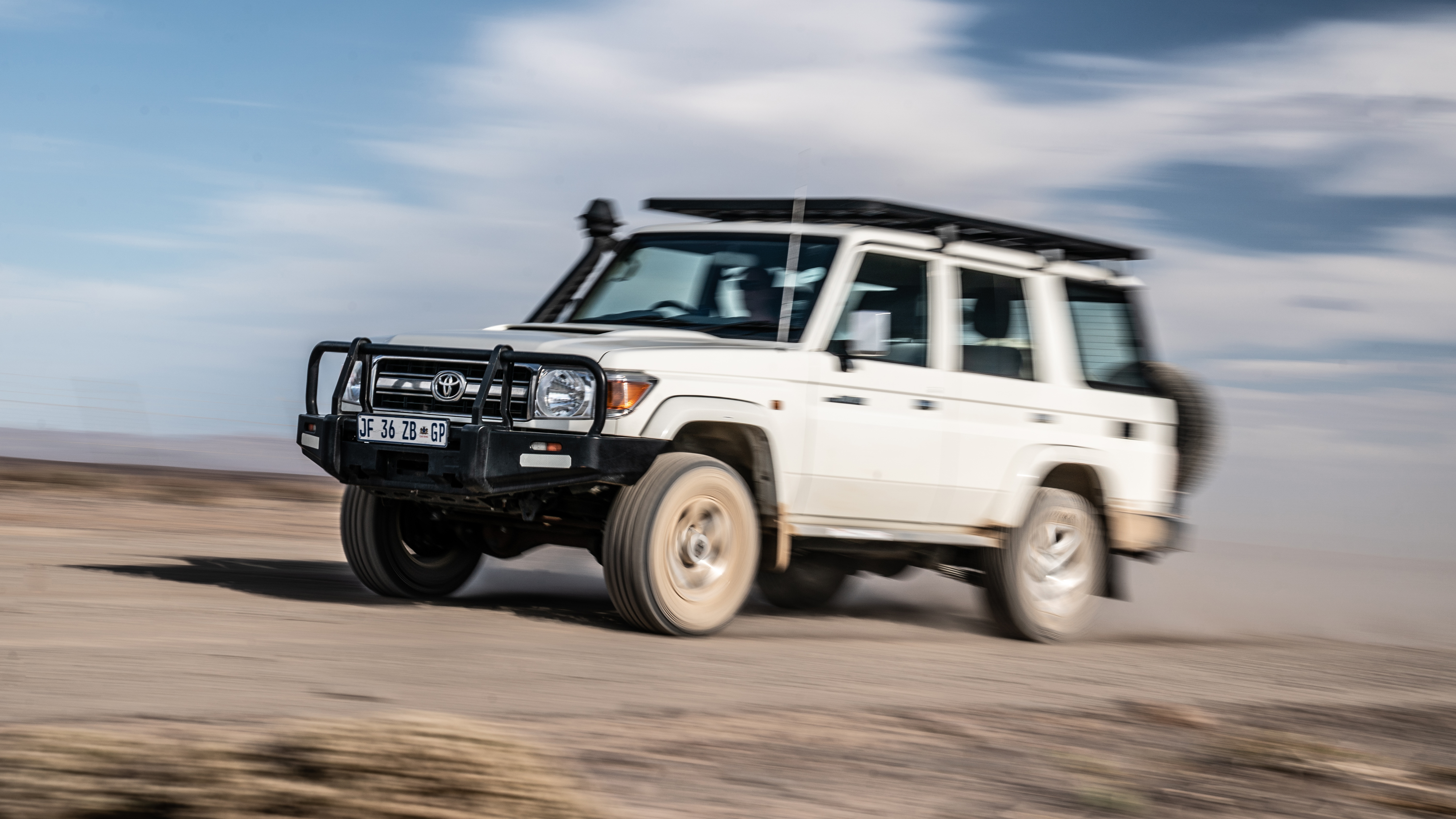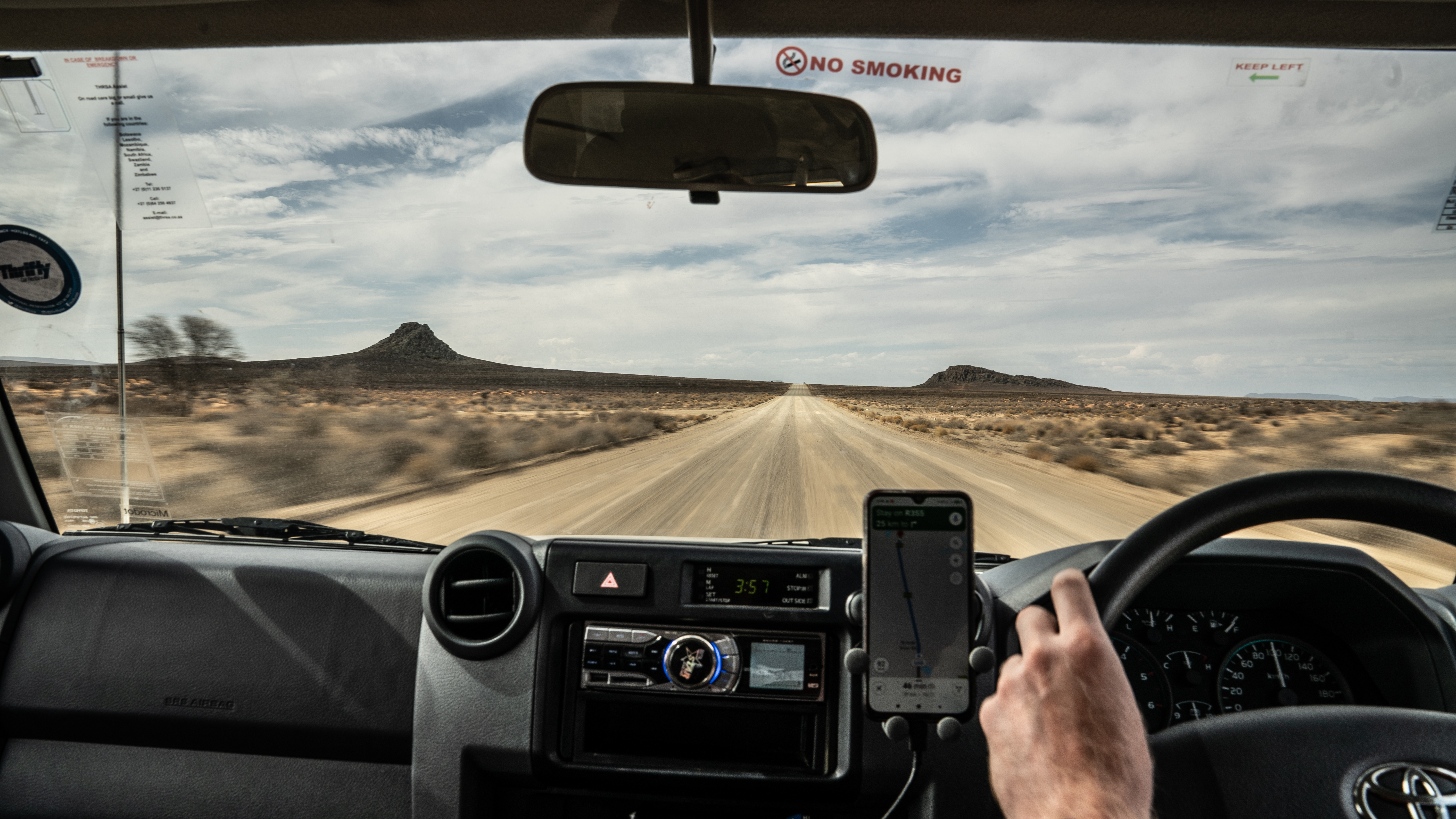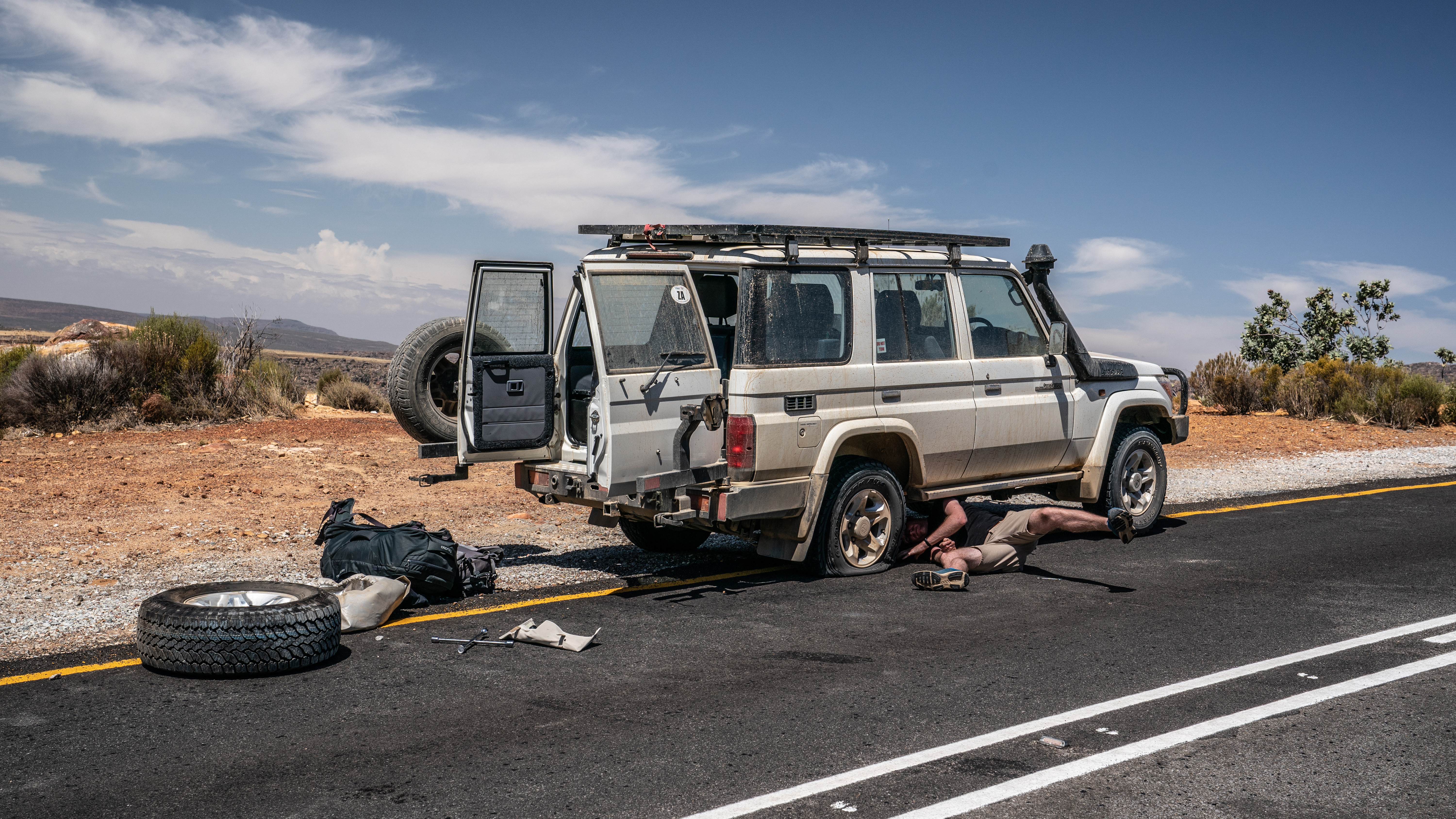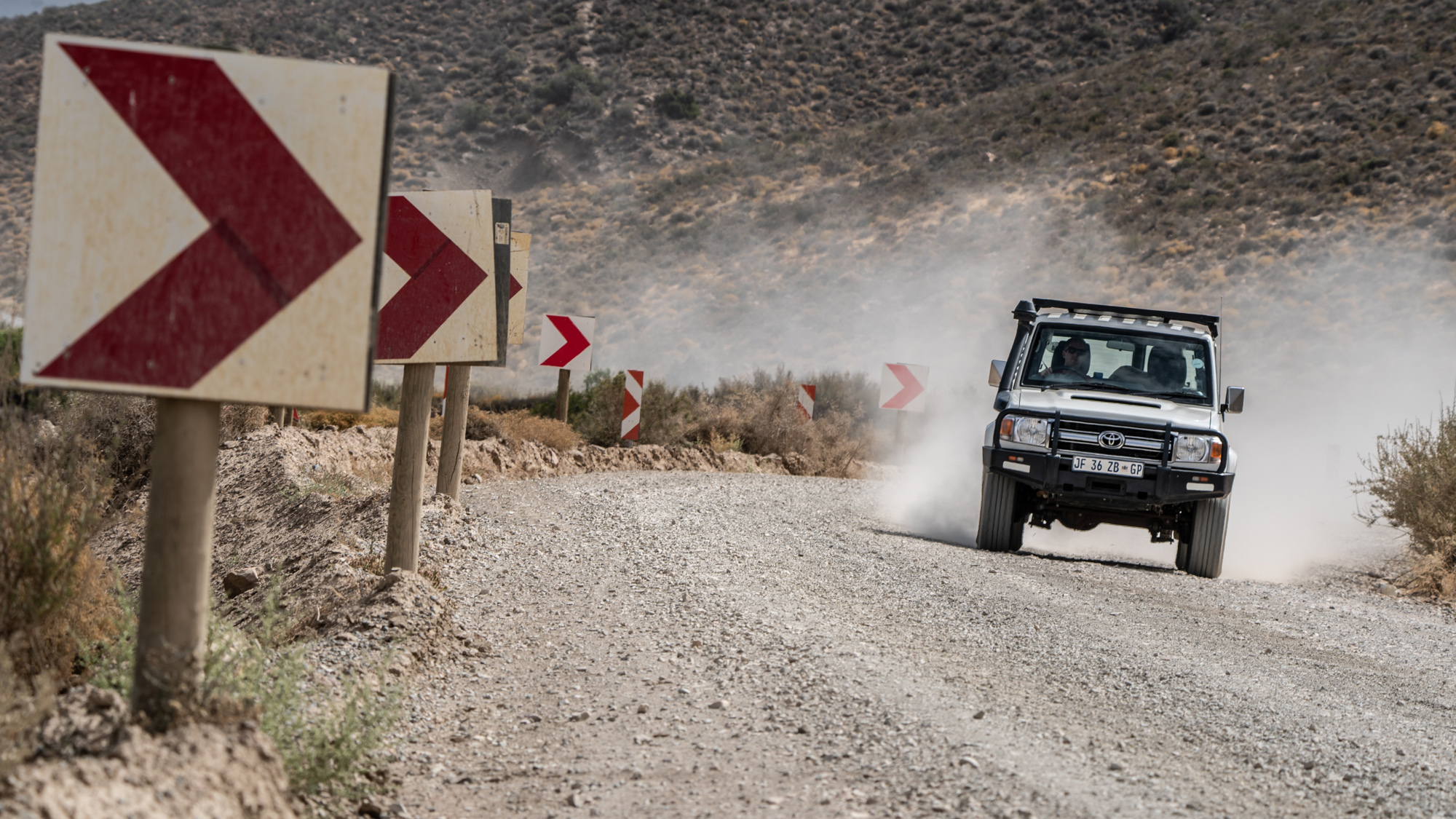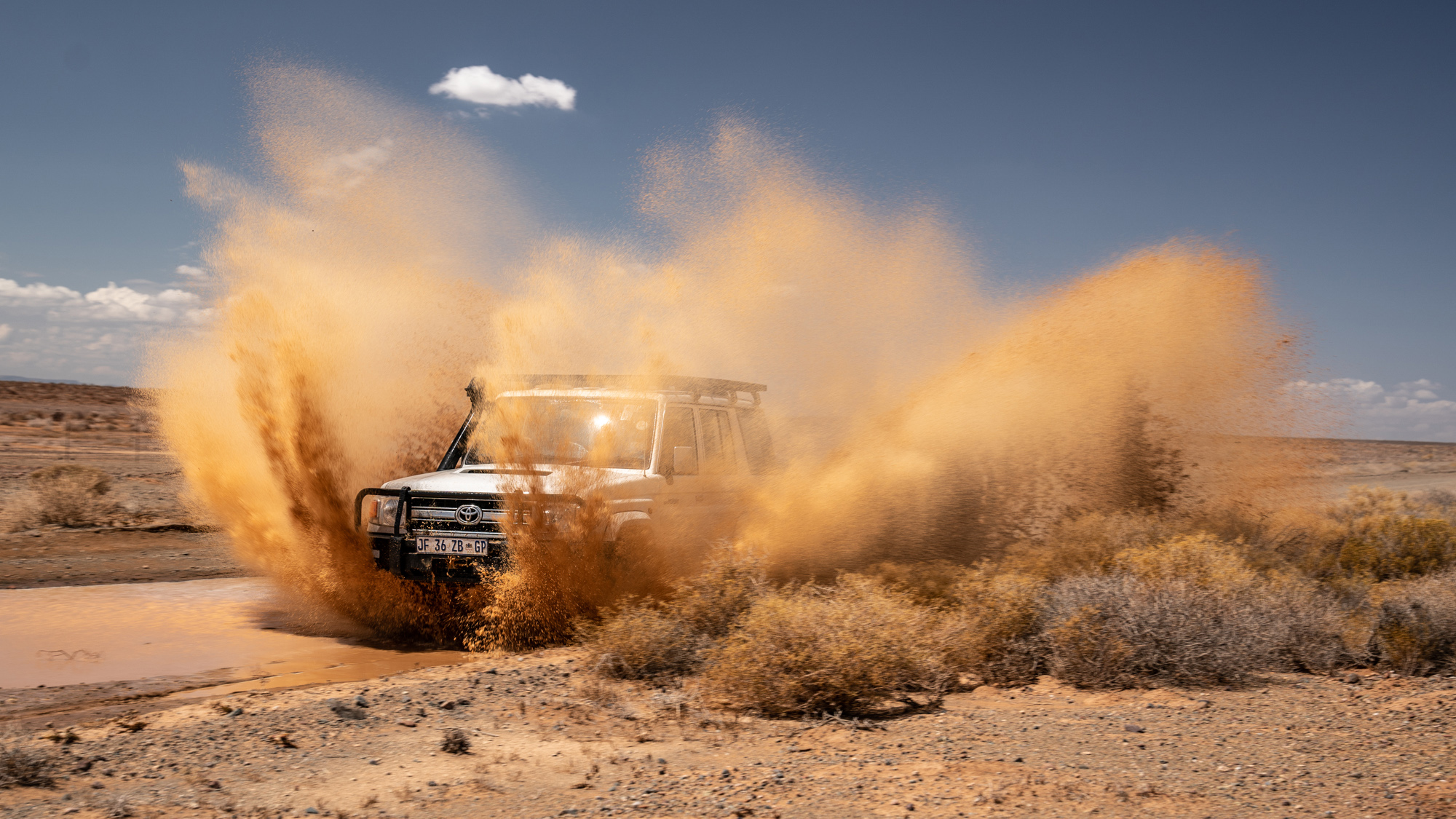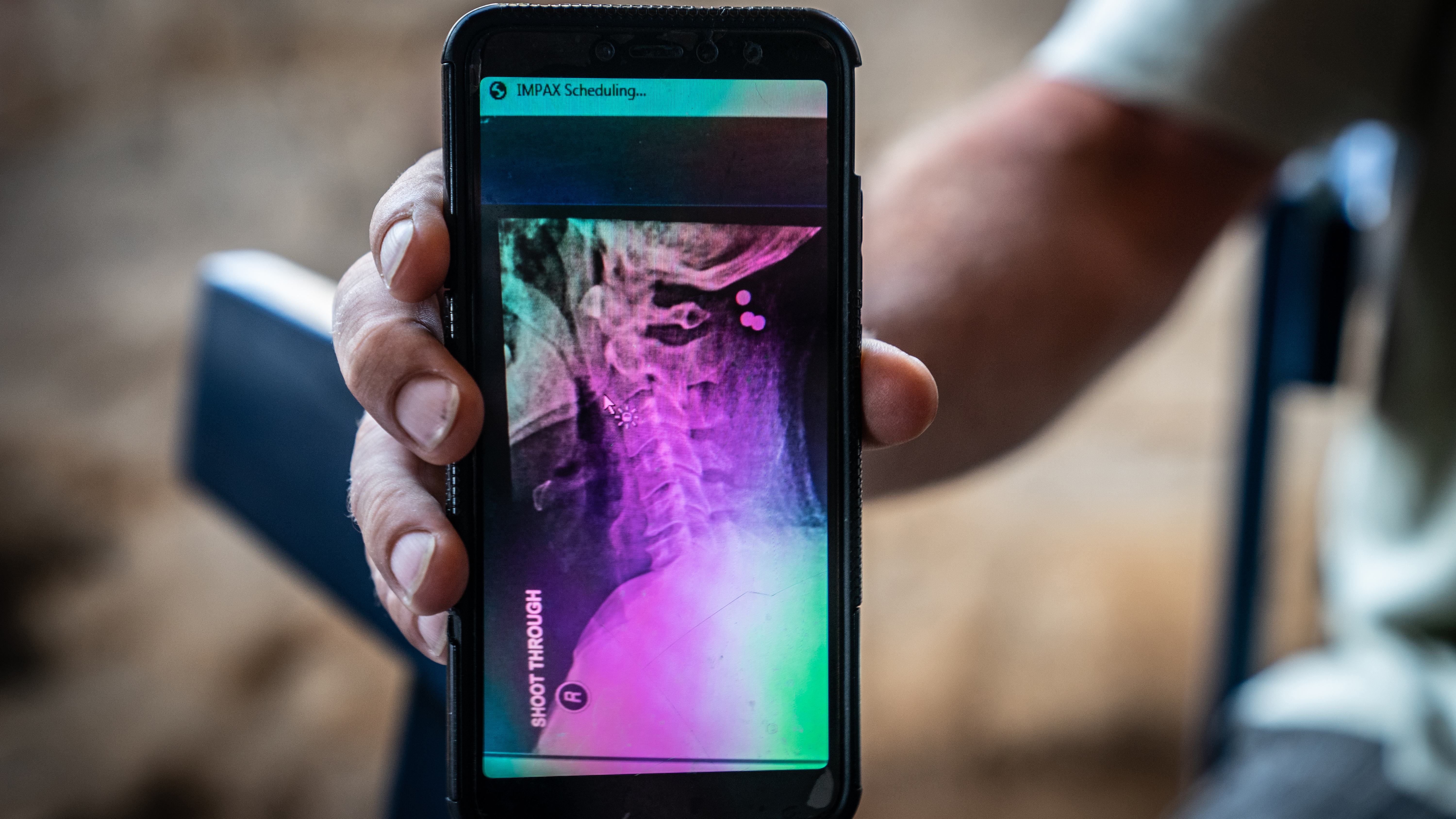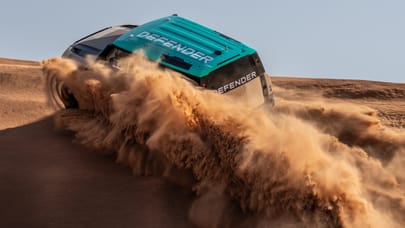
How to celebrate the Toyota Land Cruiser's 70th birthday in style
Join us on a trip to the driest, hottest and least populated unpaved road in South Africa for a legend's birthday party
There are different types of vibrations. As the Beach Boys and any good sex toy salesman will tell you, there are good vibrations. But there are also bad vibrations. Vibrations that are unrelenting and worrying; oscillations that can loosen any lug nut, dislodge kidney stones and shake whole dashboards into your lap. I’m not sure if there’s a Richter scale for such a thing, but just a few kilometres into an endless washboard better known as the R355 – the longest uninterrupted gravel road in South Africa – we must be at a solid seven. Possibly eight.
Now, this is the point in the story where you expect me to say – in typical TopGear fashion – that I’ve doubled down on the jeopardy by driving an Aston Martin DBS Superleggera on space savers or something. Ha! You couldn’t be more wrong. For once, I’m in the absolute best car for the job; a near-as box-fresh Toyota Land Cruiser from the mid-Eighties. See, this isn’t a story of suffering, or an act of escapist philanthropy, for you, the readers. It’s a celebration. A toot on the kazoo for one of the most legendary nameplates in motoring: the Toyota Land Cruiser.
Words and Photography: Rowan Horncastle
Later this year, the Land Cruiser will blow out 70 candles on its birthday cake – comfortably making it Toyota’s longest selling car. With over 10 million units sold across 170 countries, you’d think it’d be going off the boil by now. Nope. Quite the opposite, it’s showing no signs of slowing down, with around 400,000 of these mechanical cockroaches produced a year. Brits might find that hard to get their heads around. To us, the humble Land Cruiser is just an austere automobile for Lincolnshire farming types, or an incognito way for Chelsea mums to fly under the Range Rover radar on the school run. But for many outside the UK, it’s not a car, it’s a lifeline.
The Land Cruiser has proven itself countless times as a vehicle of indestructible wonder. It’s the car that forged Toyota’s reputation for both strength and reliability in places where it’s really needed – inhospitable places like the Outback, the Arctic and the Danakil Depression. While here, in Africa, Toyota’s reliability is worshipped in an almost religious way.
Well, today I am very much kneeling in a pew clutching hold of my rosary beads and praying to the gods of reliability. Being mechanically incompetent, you could say the idea of driving the driest, hottest and least populated unpaved road in South Africa without the foggiest idea how to fix stuff (and no 4G to whip up a quick YouTube tutorial) is a stupid one. You’re right, it might be.
The journey technically started in Cape Town, but officially began at a fuel station a couple of hours north-east, in a remote town called Ceres, desperately sloshing 130 litres of diesel into the tank. I’d been told that’s the first rule of survival out here. See, unlike Blighty, where you’ll only ever go a few miles before another tatty garage forecourt looms into view, out here you can be hundreds of miles from anything, let alone fuel. So with the boot full of water and every available cubby hole filled with dehydrated snacks (those are the second and third rules, apparently), I departed for the foot of the R355.
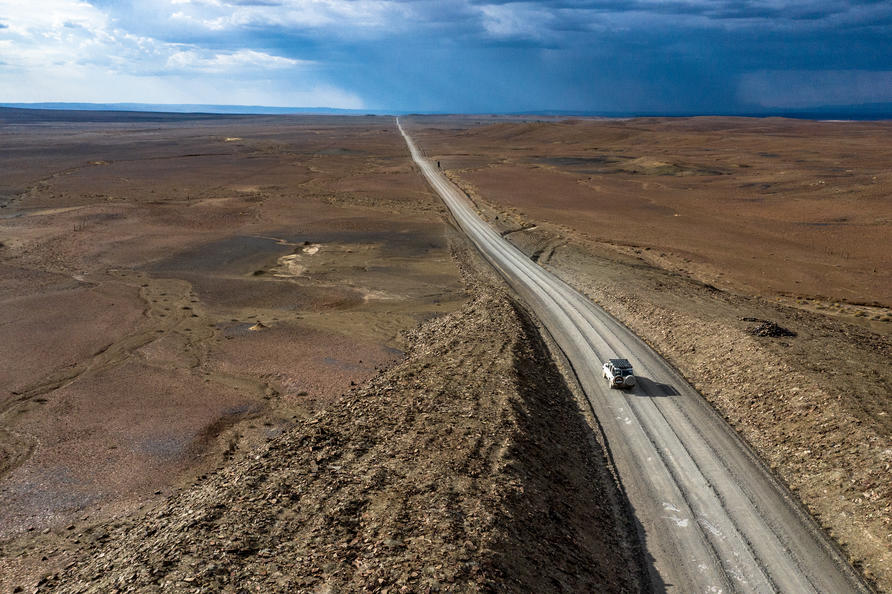
The plan is simple: to traverse this well known stretch of corrugated gravel that connects Ceres in the Western Cape, to Calvinia in the Northern Cape. It’s a road that dissects the Tankwa Karoo, an ancient seabed straddling the midriff of the country framed by the flat-topped Cederberg mountains in the west and the Roggeveld Escarpment in the east. It’s an arid, torturous track with a famously sensational appetite for tyres. It’s not fussy, either; BF Goodrich, Dunlop, Michelin, Vegan – it’ll eat them all. That’s why there are two full-blown spares on the back. And if you want vast, endless nothingness, this part of the world has you well and truly covered. It is Land Cruiser territory defined.
You could argue peak Land Cruiser is the car we’ve chosen – the 70 Series. With cloth seats, boxy features and rudimentary controls, you may think I’d thoughtfully selected it as some nostalgic throwback. You’d be wrong. This bad boy is fresh out of the factory. Amazingly, Toyota has been making this particular Land Cruiser non-stop for 37 years. It’s still very much in production in markets that need a simple, trustworthy and reliable mule. In fact, Toyota took the 70 Series off sale in Japan in 2004, but due to overwhelmingly shouty demand, 10 years later had to reinstate it. Imagine if those rules applied to other manufacturers. “Hi, BMW? We know it’s really old and that. But we really, really like the BMW E30 M3. Can you please make a few more?”
Trundling through the featureless, straight and searingly hot (it can get up to 50°C) emptiness of the Tankwa, it’s easy to see why people are wedded to this particular Land Cruiser. It’s utterly egalitarian in its engineering; favouring simplicity over fripperies. With a V8 diesel engine, five-speed manual gearbox, ladder-frame chassis, part-time four-wheel drive (with high and low range), solid front and rear axles, locking diffs (for when you get hopelessly stuck) and rear leaf springs (that can be fixed with a ratchet strap and rope), it’s as simple a recipe as making a plate of water. There’s no electronic faffery, ambient lighting or inconsequential bleepy warnings or submenus here. It’s just made for the job at hand: getting you where you want to go.
But given it is car royalty and a bona fide sales phenomenon, you might be surprised to hear that the Land Cruiser started life as a bit of a failure. Its heritage stretches back to 1950, when a brief came in from Japan’s National Police Reserve forces. They wanted a rugged, domestically built all-terrain four-wheel-drive vehicle to use in military service. So Toyota knocked out a little truck called the BJ. To prove its worth, Toyota test driver Ichiro Taira fired this plucky 75 horsepower proto-Jeep up Mount Fuji, making it to the sixth of ten checkpoints on the trail before tapping out. Just over halfway doesn’t sound like much, but it was further up than any motor vehicle had ever gone before. A success, right? Not for the National Police Reserve, which ended up choosing the Mitsubishi Jeep (a licensed production version of the North American Willys Jeep) instead.
Undeterred, Toyota simply decided to convert its military Jeep for civilian use; preceding other SUV greats like the Lamborghini LM002, G-Wagen and Hummer. Thankfully, for us immaturely minded types, in 1954, it then gave the BJ a new name: Land Cruiser. It wasn’t an instant legend, though. In the first few years, there were fewer than 100 units exported. And in America it went down like ipecac. Toyota sold just a single Land Cruiser in the United States in its first year on sale. Just one. Being 1958, you’ve got to admit the Japanese had some tough PR to deal with, but time played into the Land Cruiser’s hands, with each year helping show its indomitable toughness and off-road capability, regardless of territory or terrain.
Top Gear
Newsletter
Thank you for subscribing to our newsletter. Look out for your regular round-up of news, reviews and offers in your inbox.
Get all the latest news, reviews and exclusives, direct to your inbox.
And if I’m honest, the Tankwa isn’t a true test for the Land Cruiser. There’s no need to lock diffs, use the snorkel, or get out and do flappy hand signals to safely scramble over rocks. But that doesn’t mean it’s not brilliant. It’s fantastically content in this environment – operating happily in its comfort zone with lazy steering, squidgy tyres and an engine temp that doesn’t budge, regardless of how much strain or ambient temperature you subject it to. It can also romp along at a terrific pace where many modern, more sophisticated cars would be crying dusty tears out of their headlight washers and begging for mercy.
But driving for hours into nothing but a hazy horizon tends to do odd things to the brain. So clapping eyes on a rusty monolith sprouting out the desert, I wondered if there was THC in all that biltong. There wasn’t. My eyes weren’t deceiving me. There really was a car buried nose down in the scorched earth, looking like it had a spectacularly failed re-entry from another planet.
We’d reached the Tankwa Padstal, a bizarre roadside farm store run by Susan Lang (the first person we’d seen since Ceres), who sells everything the local community could want; from unicycles to DIY supplies, curried beans and literally anything else you can think of in between. Susan has been supplying the local community since 2011, and that buried chassis and the Beetle hoisted outside her shop are symbols of community. They’re charitable emblems dedicated to the efforts by the Nuts and Bolts Rally, which raises money for schooling in the local area, cancer treatment and to help taxi local kids the 90 miles to and from the Padstal to school and back. Even in apparent desolation there’s humanity and community spirit.
Heading further north, the clouds gather up in the yawning sky, turning steadily thick and heavy. Then something truly unexpected happens. It rains. Annual precipitation in the basin is extremely low, ranging from 70–110mm a year. In fact, it hasn’t rained here for over six months. It’s just typical then, that the day TG arrives, the heavens open, hurling down fat droplets of water onto the uninhabitable, almost extraterrestrial landscape. The Land Cruiser welcomes a change of surface, simply ploughing on, sloshing through deep, orange puddles as we seek refuge in the only place to stay along the road: Tankwa Tented Camp.
But as we pull in, the sun starts to set and the landscape really rolls up its sleeves, putting on a show fit for New Year’s Eve in Vegas. It was as if the sky had been subjected to an arson attack, with the burning ruins of a sunset competing against the hot winds, liquorice black clouds and a plump curtain of rainfall. I’m not sure what standing in a volcano feels like – hot, I guess – but this is probably as close as you can get to the visuals.
Coming to rest next to – of all things – a metallic pirate ship, we are greeted by a man called Deon. This is where the weirdness really starts to crank up a notch. Deon lives what he calls a “no overhead lifestyle”. Everything he owns goes to his pocket and he has lived one hell of a life. He rode 28,000 miles through 17 countries around Africa, was robbed and shot in the head with a shotgun in Pemba island, lived with a Masai tribe, nearly lost his leg last year in a motorbike accident, has broken his back falling off a two-storey building in Tanzania. I’m not sure how many of his nine lives he’s got left, but I know the BBC’s health and safety department would love to have a word with him.
He manages the hedonistic tented getaway where we’re spending the night. Boozing in a dimly lit remote bar (walls sprayed with rubbers from bar-top motorbike burnouts), I learn that this is the site of Afrikaburn, the little African brother of Nevada’s Burning Man; a psychedelic voyage into community spirit where arty types come to the desert, trade in commodities, get drunk (and sunburnt) before burning to the ground all the art they’ve spent months building.
The next morning, I peel myself off the bedding (a night in 40-odd degree heat isn’t comfortable. Something to remark on the TripAdvisor later) and Deon leads the Land Cruiser off the R355 and deeper into the Karoo, navigating various art installations, including a ladder in the middle of the desert to show us the futile meaning of life. Inspired, I feel like leaving the Toyota in the desert and walking away. Because if there’s one car that’s worthy of being classed as art, it’s this. Under a plaque that reads, ‘If It Ain’t Broke, Don’t Fix It’.

The 70 Series embodies this mantra wholeheartedly. It’s simple. And not for cost saving’s sake, but because it works. There are buttons. Each with just one function. Want to change the temperature? Instead of flapping around doing sign language at a TFT screen, you change the airflow with mechanical rudders that are clearly marked with easily understandable pictograms. Aircon that’s four fan speeds, a slider for recirc and a big button that says A/C. Its toothpick thin A-pillars and glasshouse mean you can see everything with a quick head swivel, rather than relying on a nine-camera system. The speedo, revs and dash are all clearly displayed (possibly for the blind), highlighting all the information you need and nothing you don’t. It’s fantastic.
Crawling back onto the R355 for the final 60 miles, it becomes clear the last day of monotonous terrain was an act. The topography had just been waiting, limbering up for the big finale: the Bainskloof Pass – a snaking route, ascending from the basin floor before wrapping over a mountain and back into civilisation. It was also where we saw only the third person on the road in 24 hours. Plus, some proper corners. And the ghastliest vibrations yet.
This environment is when the beauty of a non-turbocharged, old-school diesel V8 and manual show their mettle. These attributes add engagement, you decide on your drivetrain, stir gears to find power and manage steering to find enough bite so you don’t fall off a cliff to your death. It’s all done at a slower pace than the frenetic life we all now lead. This Land Cruiser naturally slows you down, reins you in. It also gives you time to appreciate your progress. It’s a vehicle for all that trendy self-care and headspace people pipe on about.
Eventually, we stumble upon sweet, sweet nectar: hot, tarry black stuff. A road. Unsurprisingly, the Land Cruiser had conquered the R355 without breaking a sweat – a fitting and easy tribute to a legend that, if legislation doesn’t get in the way, would easily live on for another lifetime. Best of all, it’d managed to do it without a puncture. Well, until literally minutes after we’d got back on tarmac, when we had a blowout. But I’d rather have one of those than more vibrations, good or bad.
Trending this week
- Car Review
BMW 1 Series




